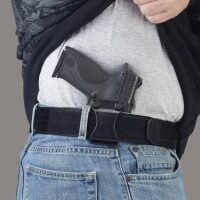Manual Handgun Safeties
One of the comments I received recently made mention of hoping the safety was on while in a concealed holster. This brings up a good subject to write about; manual handgun safeties.
There are several types of safeties on guns and they all work quite well. Some are built into gun’s mechanisms so the gun won’t operate without activating the safety feature. This would be like the grip lever on the Springfield and the 1911 models made by a number of manufacturers.
The lever on the backstrap is engaged when the weapon is held in a firing position only. this process allows the firing pin, or striker, to be functional. The trigger can’t move unless the lever is depressed first.
Manual levers
Another safety feature is the manual lever on the side of the slide near where your thumb would rest. A large number of handguns have this feature.
There is a red mark on the lever to indicate the firing position, and a white mark to indicate safe. This manual feature has been in use since the beginning of time for manufacture of semi-auto pistols, (commonly called auto -loaders).
Revolvers don’t generally get built with manual safeties. A double action revolver has to have the trigger pulled in order to move the hammer into the firing position, and a single action revolver has to have the hammer pulled back manually before the trigger can be engaged and pressed.
Some guns, like this Springfield Armory, have both the backstrap lever and the manual safety lever on the slide. Built-in redundancy.
Built-in Safeties
There is another design that does not have either a backstrap lever or a manual lever on the slide. That is the design of the Glock semi-auto pistol. The Glock and a few others have three safety features built into the inner workings to prevent negligent discharge of the weapon. This is called a “drop safe” feature.
This gun can be dropped from almost any distance and it will not go off. The trigger must be pressed in order for the three sequential safety mechanisms to be activated. This is not a double action gun. If the slide isn’t retracted and released, then the trigger action will not be engaged. You can’t pull the trigger unless the slide is “racked”.
Personal Choice
 With so many gun makers and so many models being produced, it is impractical to list all the different guns and the types of safeties they have, so it behooves the potential buyer to do some research. Visit a few gun stores and look at the many types. “Play” with them in th store and decide what it is you will be comfortable using.
With so many gun makers and so many models being produced, it is impractical to list all the different guns and the types of safeties they have, so it behooves the potential buyer to do some research. Visit a few gun stores and look at the many types. “Play” with them in th store and decide what it is you will be comfortable using.
Many of the handgun instructors and “gurus” will tell you not to use the manual safety, because the built-in features are satisfactory to keep you safe. They feel that if you need to use the gun in an urgent situation, you will either forget to release the safety or just get too clumsy in the excitement that you won’t be able to operate it. Also, some holsters are built without considering the safety, and it can be either set or released by holstering or drawing the weapon.
As long as it’s in the holster, the trigger is covered and protected. The most common way of carrying a handgun, concealed or not, is loaded with a round chambered. The proper draw is with the finger along the side of the weapon and lot near the trigger until you are on target and ready to fire.
My Choice
My personal preference is the Glock. I don’t have to be concerned about remembering or fumbling with the safety levers and the time it may take to activate it. Glocks are used by a large number of Law Enforcement Agencies for the same reasons. If you’re in the market, you just have to do your own research. If there is anything I can tell you, I will be more than happy to assist and do my part in keeping you as safe as possible. Just leave a comment at the bottom of the page or send an email. [email protected]. Thanks for listening and stay safe.


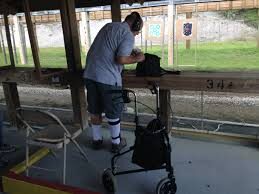






 engineering we call “performance engineering” and it’s one of the keys to all SIG SAUER® pistols. The P239 is available in three calibers – 9mm, .357SIG or .40S&W – offering you the choice that’s right for you.” http://www.sigsauer.com/CatalogProductDetails/p239.aspx MSRP; $993
engineering we call “performance engineering” and it’s one of the keys to all SIG SAUER® pistols. The P239 is available in three calibers – 9mm, .357SIG or .40S&W – offering you the choice that’s right for you.” http://www.sigsauer.com/CatalogProductDetails/p239.aspx MSRP; $993
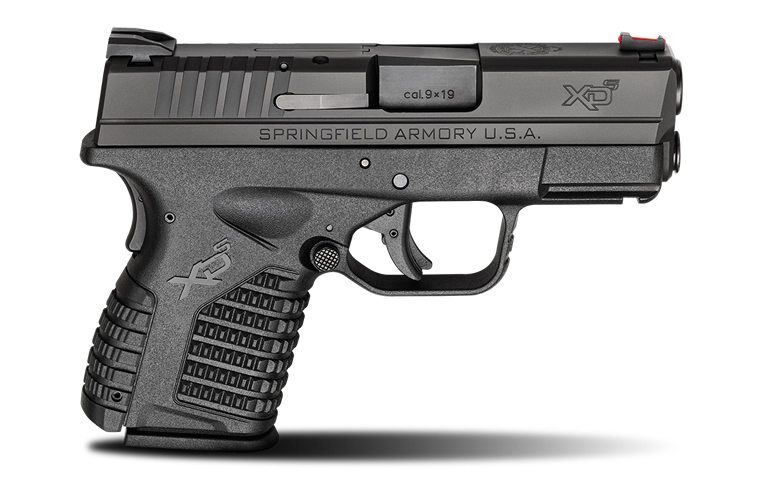




 The holster’s main purpose is to hold the gun close by and protect it from the elements. It also keeps the gun held in a safe manner so you don’t get shot accidently. [By the way, the common belief is that there is never an accidental discharge of a firearm, only negligent discharges.]
The holster’s main purpose is to hold the gun close by and protect it from the elements. It also keeps the gun held in a safe manner so you don’t get shot accidently. [By the way, the common belief is that there is never an accidental discharge of a firearm, only negligent discharges.]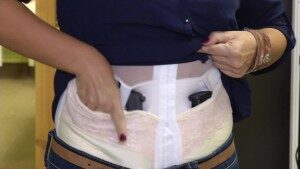 carry are the belly band, a wide elastic band around the mid-section with pockets sewn in, undershirts with sewn-in pockets,
carry are the belly band, a wide elastic band around the mid-section with pockets sewn in, undershirts with sewn-in pockets,  and even a band around the bicep to hold a gun under the sleeve of a short sleeved shirt.
and even a band around the bicep to hold a gun under the sleeve of a short sleeved shirt.
 .The point here is that anywhere you think you can carry a gun, someone is making a holster for it.
.The point here is that anywhere you think you can carry a gun, someone is making a holster for it.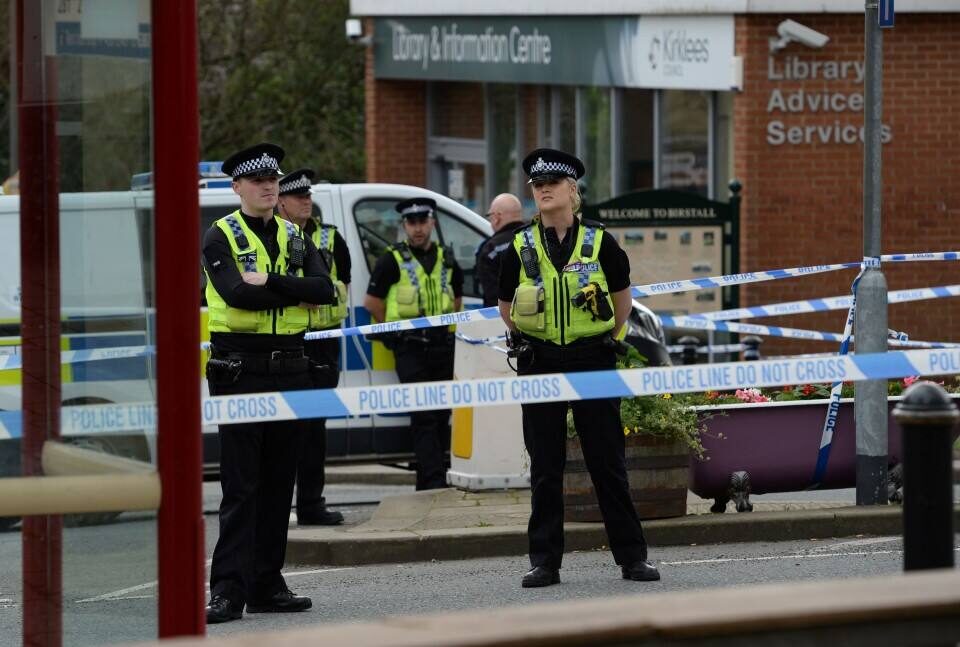





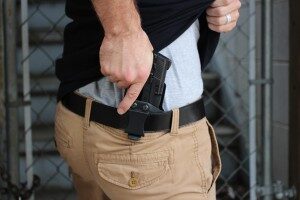


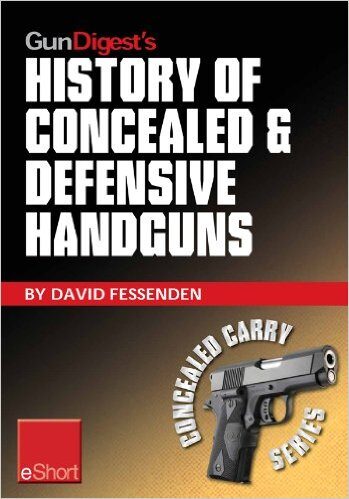
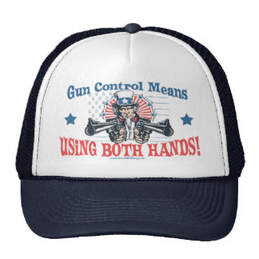
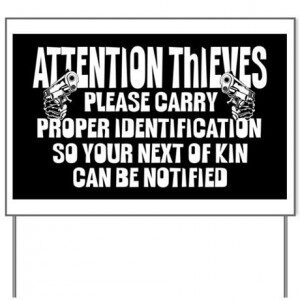 It’s true. You have the first amendment right to free speech, and that includes putting a sign on the lawn. That also includes wearing any t-shirt you choose. You have the first amendment right to defend the second amendment. But it may not always be prudent to exercise these rights in such a public way.
It’s true. You have the first amendment right to free speech, and that includes putting a sign on the lawn. That also includes wearing any t-shirt you choose. You have the first amendment right to defend the second amendment. But it may not always be prudent to exercise these rights in such a public way. The United States Concealed Carry Association was formed about ten years ago when the founder became a father for the first time. He suddenly realized he was responsible for the care and security of his new child, as well as his wife and future family members. Read his story here.
The United States Concealed Carry Association was formed about ten years ago when the founder became a father for the first time. He suddenly realized he was responsible for the care and security of his new child, as well as his wife and future family members. Read his story here.






 “The ONLY magazine I’ve ever read
“The ONLY magazine I’ve ever read
 “A wealth of valuable
“A wealth of valuable “Courtesy of CCM, I am a better informed Permit
“Courtesy of CCM, I am a better informed Permit




